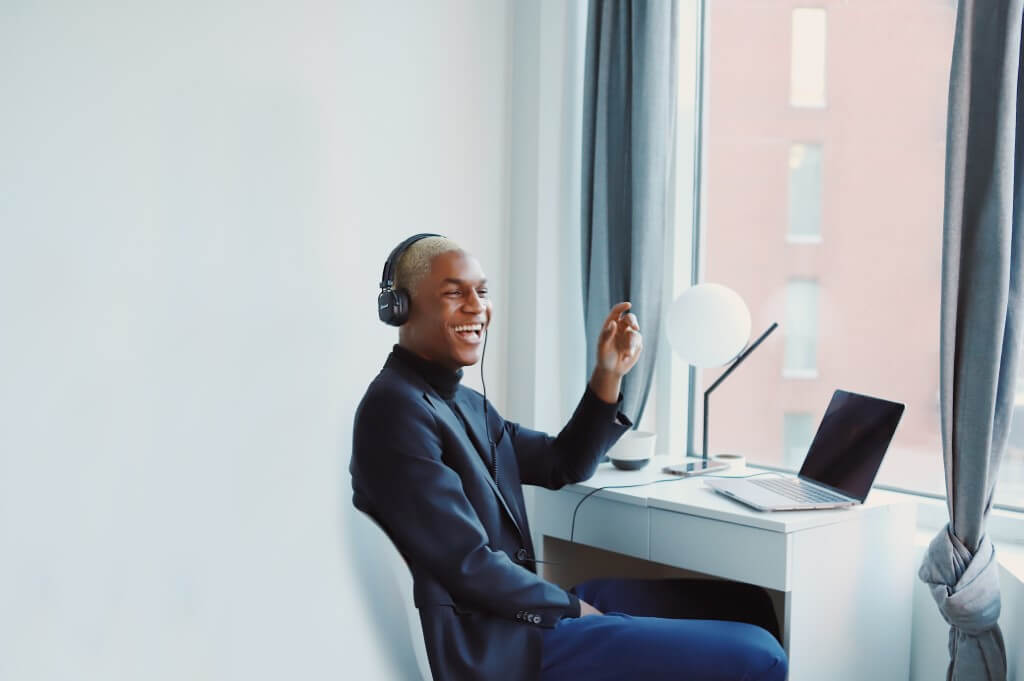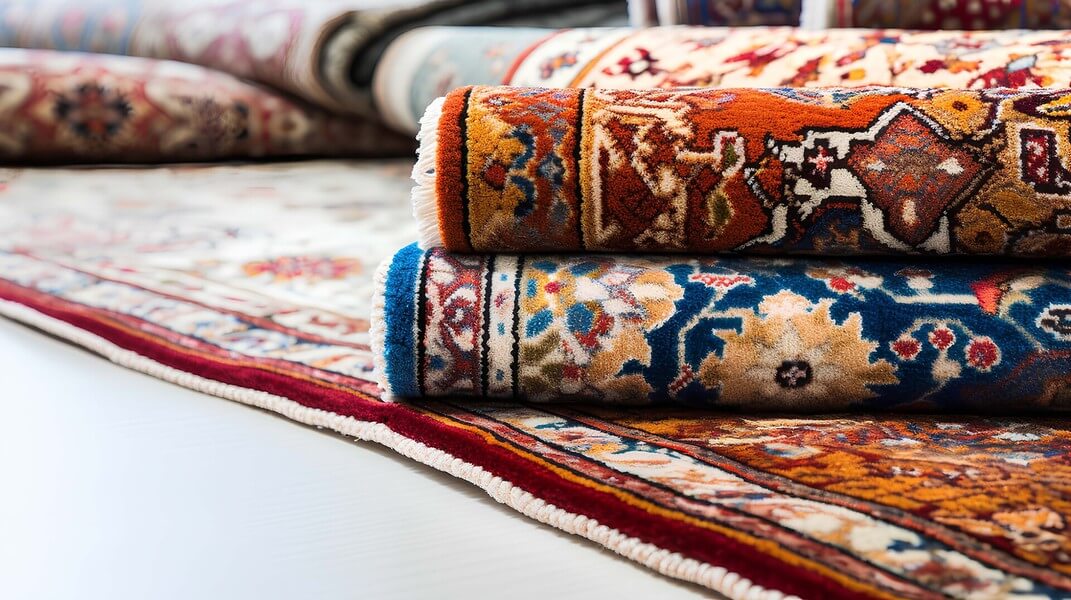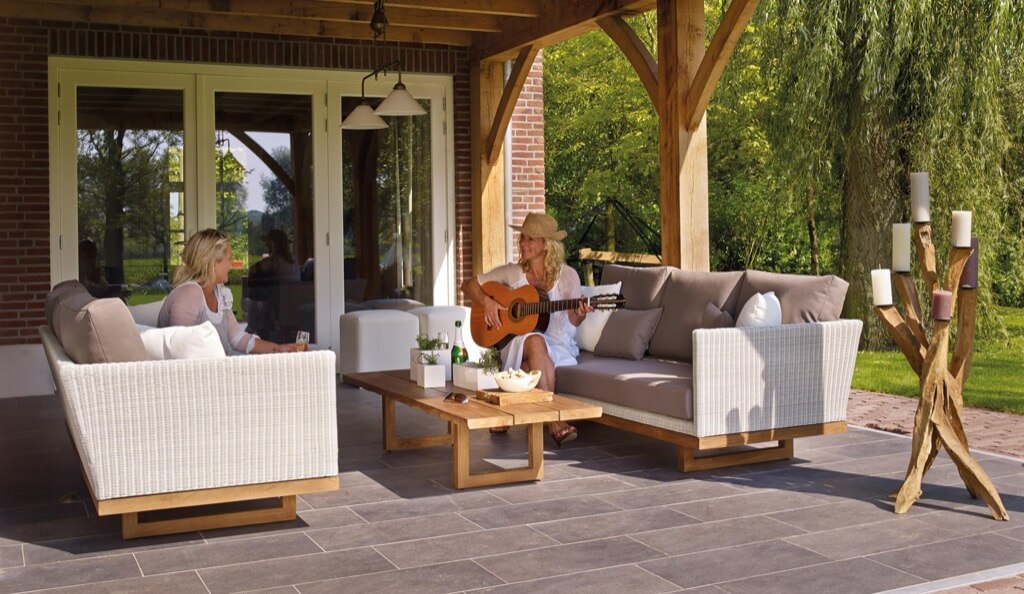Each style holds its unique characteristics, channeling distinct messages and emotions. Minimalism exudes simplicity, embracing clean lines and a muted color palette. It breathes life into spaces through clarity and the omission of superfluous elements. This approach fosters harmony and tranquility, cultivating a serene ambiance. In contrast, maximalism thrives on opulence and abundance. It revels in a lavish visual experience, embracing an array of patterns, bold colors, and intricate details. This design philosophy is a celebration of complexity, aiming to captivate and evoke a sense of drama.
The choice of design approach should align with your individual tastes, appreciation of art, and overarching ideology. Minimalism champions simplicity, favoring neutral tones and open spaces, resulting in uncluttered, clean environments. This design ethos resonates with those seeking to declutter their space and create a serene ambiance. Maximalism, on the other hand, celebrates a tapestry of visual elements. It incorporates layers, bold colors, and a rich array of textures to create spaces that exude opulence and personality.
Minimalism embraces simplicity and an uncluttered aesthetic, whereas maximalism indulges in a profusion of elements, patterns, and colors. The minimalist lifestyle gravitates towards the basics, prioritizing needs over wants, and cherishing the simple joys. Maximalism, on the other hand, is a celebration of individuality. It revels in vibrant hues, varied textures, and a curated collection of cherished belongings, culminating in spaces that mirror one’s unique personality.
Balancing Aesthetic Appeal and Functionality
One of the perennial debates within the realm of interior design centers on finding the equilibrium between aesthetic allure and practical functionality. Minimalism often advocates for clean lines and uncluttered spaces, emphasizing the utilitarian aspect of design. On the other hand, maximalism asserts that a space should be an indulgent sensory experience, where every element contributes to the overall aesthetic tapestry, even if it sacrifices a degree of practicality. Striking a balance between these two approaches is an ongoing conversation in the world of design, with proponents on both sides championing the merits of their chosen path.
Embracing Versatility or Cultivating a Signature Style
Another point of contention arises when considering whether to adopt a versatile design scheme that can adapt to changing moods and trends, or to commit to a signature style that becomes synonymous with one’s living space. Minimalism, with its clean lines and neutral palette, offers a versatile canvas that can be easily transformed with the addition of select elements. Maximalism, conversely, often calls for a more defined and personalized style, where every corner is a reflection of the dweller’s personality. Deciding between these two approaches hinges on the desire for adaptability versus the allure of a consistent, unmistakable style.
Creating Intimacy in Open Spaces
The debate surrounding open floor plans and enclosed spaces is a topic that resonates deeply with those deliberating between minimalism and maximalism. Minimalist design often favors open spaces, fostering a sense of airiness and unobstructed flow. However, this can sometimes present challenges in creating intimate pockets within a larger area. Maximalism, with its propensity for layered elements, provides an opportunity to delineate spaces more distinctly, potentially fostering a cozier atmosphere. Striking a balance between the freedom of open spaces and the intimacy of enclosed ones is a nuanced conversation within the design community.
Budget Considerations: Investing in Quality or Curating a Collection
The financial aspect of interior design is a subject of ongoing debate for enthusiasts of both minimalism and maximalism. Minimalism often advocates for investing in fewer, higher-quality pieces that are built to last. This approach aligns with a less-is-more philosophy, prioritizing longevity over quantity. On the other hand, maximalism, with its penchant for an abundance of elements, invites the opportunity to curate a collection over time. This can result in a diverse array of pieces, each with its own story and significance. Deciding whether to allocate resources towards a select few or a broader collection is a decision that greatly impacts the overall aesthetic and feel of a space.
Sustainability in Design: Curbing Consumerism or Embracing Eclecticism
Advocates argue that by curbing consumerism and focusing on quality, minimalist design can have a positive ecological impact. On the other hand, maximalism, with its propensity for an eclectic assortment of elements, can also be aligned with sustainability by repurposing and upcycling existing pieces. The debate centers on whether the path to sustainable design lies in a curated, minimalist approach or in embracing the eclecticism inherent in maximalism.
The initial dilemma lay in discerning whether to embrace the simplicity and clarity of minimalism or to revel in the complexity and abundance of maximalism. Each approach presented its unique strengths and weaknesses, compelling us to delve deeper into the heart of this debate.
Throughout our journey, we unearthed solutions and insights that illuminated our path. We learned that minimalism offers a sanctuary of serenity, where the uncluttered spaces allow for unhindered reflection and a sense of harmony. Yet, we also uncovered the allure of maximalism, a canvas of opulence and vibrancy that invites us to craft a narrative rich with personal expression.
The debate extended to the very essence of our spaces, prompting us to consider whether simplicity should reign supreme or if a kaleidoscope of elements should converge to create an immersive tapestry. We grappled with the notion of versatility versus signature style, and how each choice we make in our interiors reflects our unique journey.
Budget considerations also loomed large, as we weighed the merits of investing in enduring, high-quality pieces versus curating an eclectic collection that evolves over time. And in this era of heightened environmental consciousness, the question of sustainability reverberated through our deliberations, urging us to consider the ecological footprint of our design choices.
Our exploration into the merits of these design philosophies in expressing individuality is an ongoing journey, and your insights are invaluable. Feel free to share your thoughts, questions, or experiences through the contact form below. Your unique perspective adds depth to this discourse, and I look forward to hearing from you.




